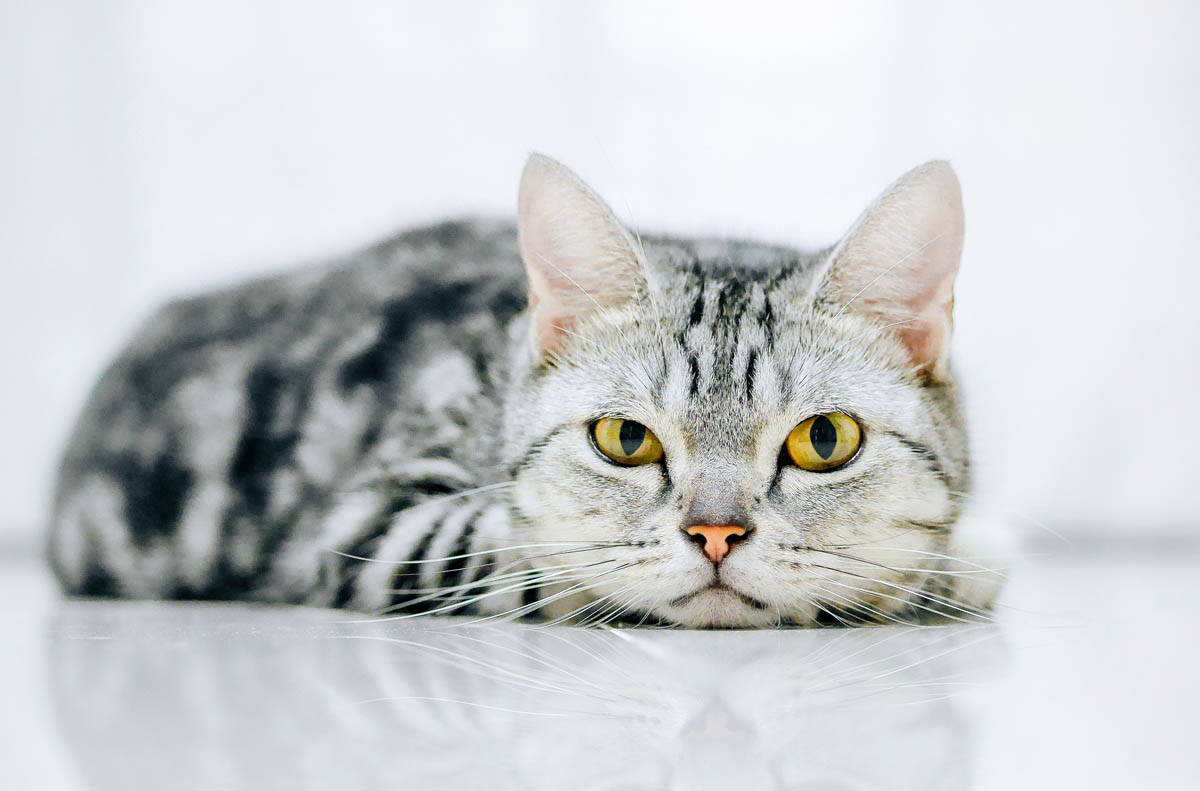What is a tabby cat?
Tabby is a coat pattern among domestic cats (purebred and mixed-breed) that features an agouti pattern of alternating dark and pale bands of colour along the hair shaft with contrasting darker spots, stripes or sworls and a prominent M on the forehead. The tabby cat is not a breed, but a coat colour that can be found in both mixed breed and purebred cat populations.
The tabby gene is known as agouti and produces a background that is made up of individual hairs that have alternate banding (ticking). Agouti hairs are most obvious on the ticked tabby (such as the Abyssinian or Singapura) who only has the agouti background but not the stripes, spots or sworls.
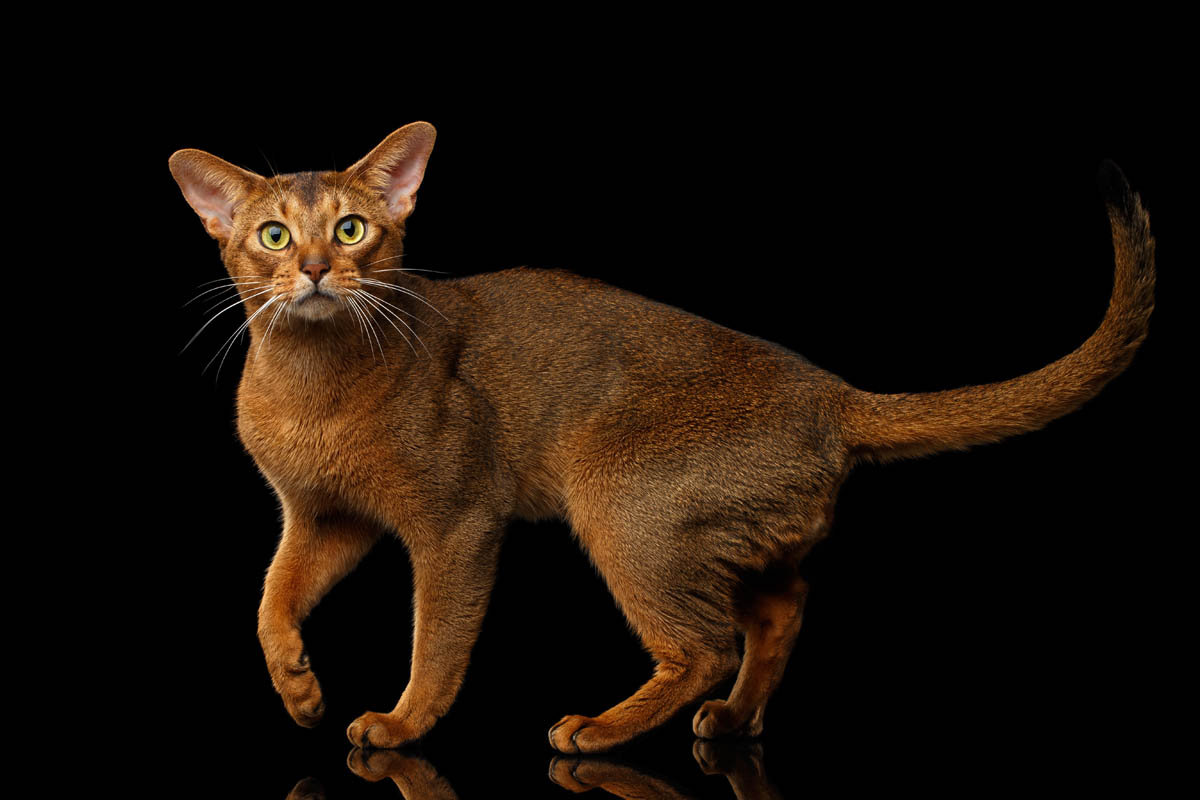
Domestic cats inherited the agouti gene from their wild cat ancestors, the African wildcat (Felis silvestris lybica). Agouti (symbolised with an uppercase A) is dominant over almost all other coat colours with an exception for the white masking and white spotting genes.
Related: Types of tabby pattern in cats
What is the origin of the name tabby?
The name tabby is believed to have derived from Atabi, which is a type of striped taffeta (known as tabbi) that was manufactured in the Attabiah district of Baghdad in the Middle East.
Harrison Weir, in his book Our Cats And All About Them, dated 1889, describes the origins as this:
The word tabby was derived from a kind of taffeta, or ribbed silk, which when calendered or what is now termed watered, is by that process covered with wavy lines. This stuff, in bygone times, was often called tabby: hence the cat with lines or markings on its fur was called a “tabby” cat. But it might also, one would suppose, with as much justice, be called a taffey cat, unless the calendering of “taffey” caused it to become “tabby”. Certain it is that the word tabby only referred to the marking or stripes, not to the absolute colour.
Agouti gene
The agouti gene is dominant; the code for this gene is A/a (a capital letter symbolises that the gene is dominant, a lower case letter means the gene is recessive). If a cat inherits two recessive a genes, then it will be a non-tabby (solid) cat as the presence of the a/a masks the tabby pattern.
A/A = tabby
A/a = tabby
a/a =non-tabby (solid)
Spots, sworls and stripes
Genetically all cats are tabby, however, many possess modifier genes that inhibit this pattern from being expressed. The mackerel tabby (Mc) is the default (wild type) pattern, with the classic pattern being recessive (mc). Recessive genes require two copies (one from each parent) to be expressed. The spotted tabby is essentially a mackerel tabby with a modifier gene that breaks up the markings from stripes into spots.
If cats were allowed to do their thing (so to speak), and no more selective breeding occurred, then cats would eventually revert to the default tabby pattern after a few generations, which is known as revert to type.
Specific breeds have variations of the four tabby patterns, the Sokoke coat pattern consists of a modified classic tabby, and the Bengal coat can consist of marbled, arrowhead, pawprint, doughnut and clouded, the latter three are variations of the spotted pattern.
Sometimes it is possible to see a glimpse of the tabby markings on solid cats, which is referred to as ghost tabby markings. They are most commonly seen in kittens and usually disappear as the cat matures.
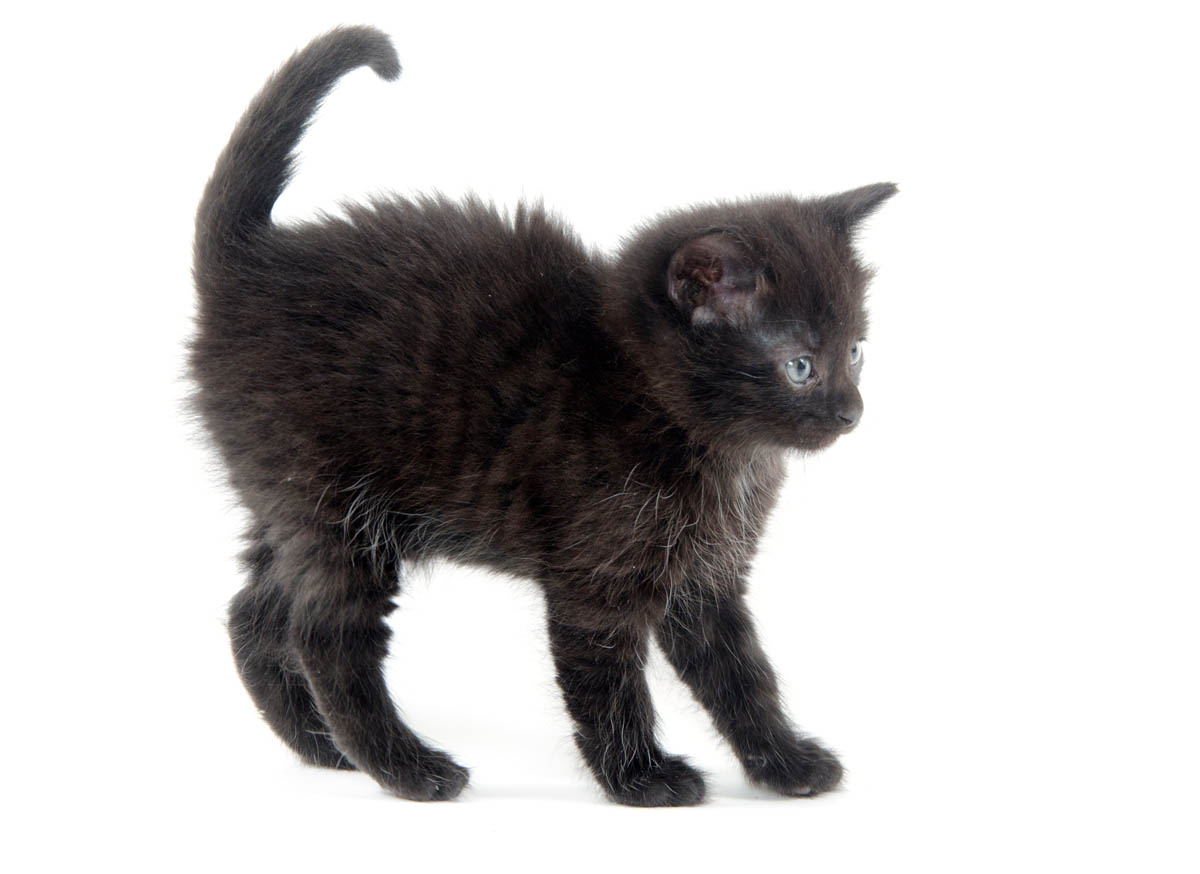
Tabby colours
The tabby pattern occurs in twelve colours which are black based or red based and their dilutes and dilute modifiers which change the shape of the melanin granules or make them clump together.
| Dense | Dilute | Dilute modifier | |
| Black series | Black (brown) | Blue (silver) |
Blue-based caramel |
Chocolate |
Lilac |
Lilac-based caramel |
|
Cinnamon |
Fawn | Fawn-based caramel | |
| Red series | Red | Cream |
Apricot |
Brown tabby: Darker spots, stripes or whorls on a lighter brown background.
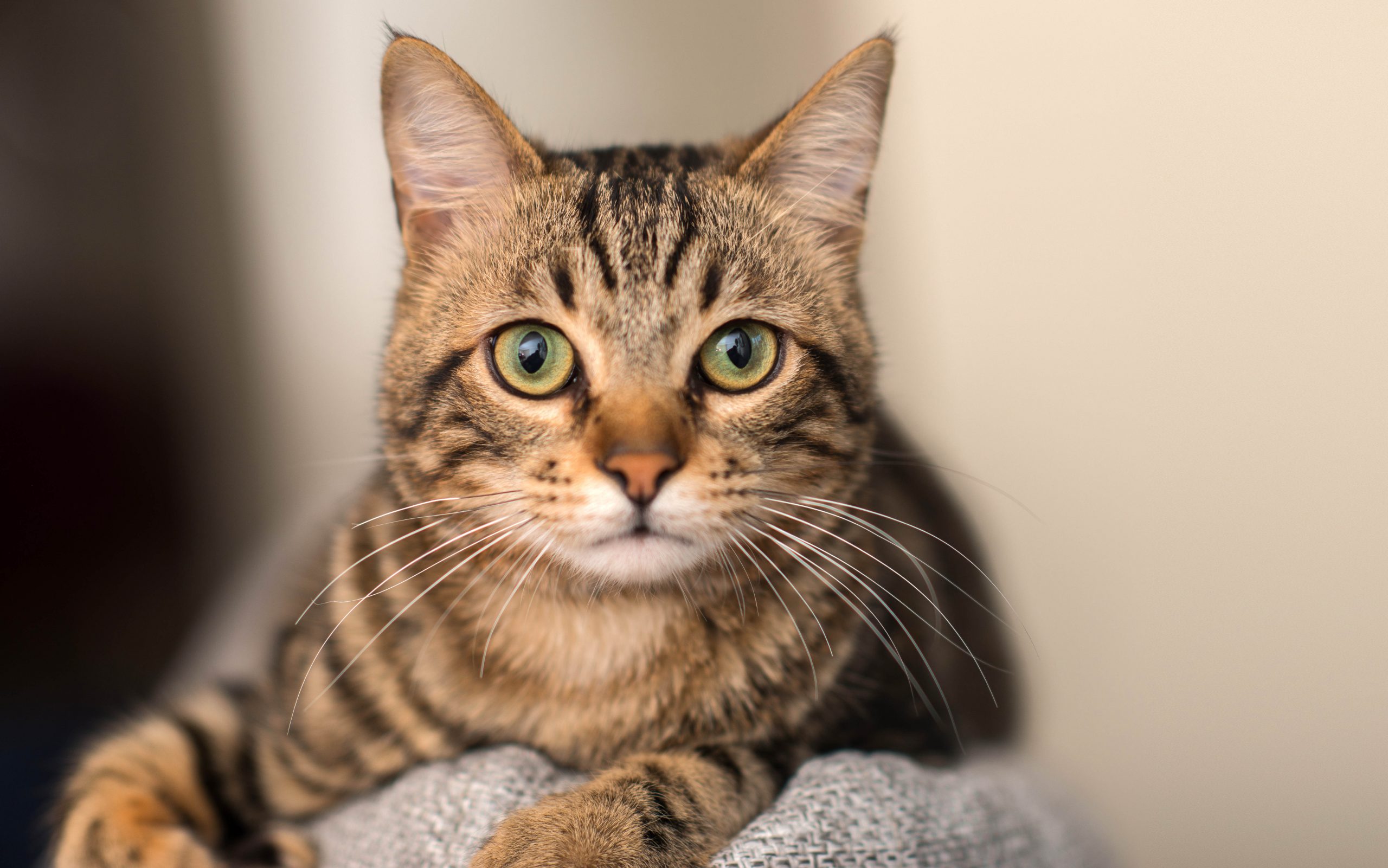
Silver tabby: Dark grey spots, stripes or whorls on a light grey background.
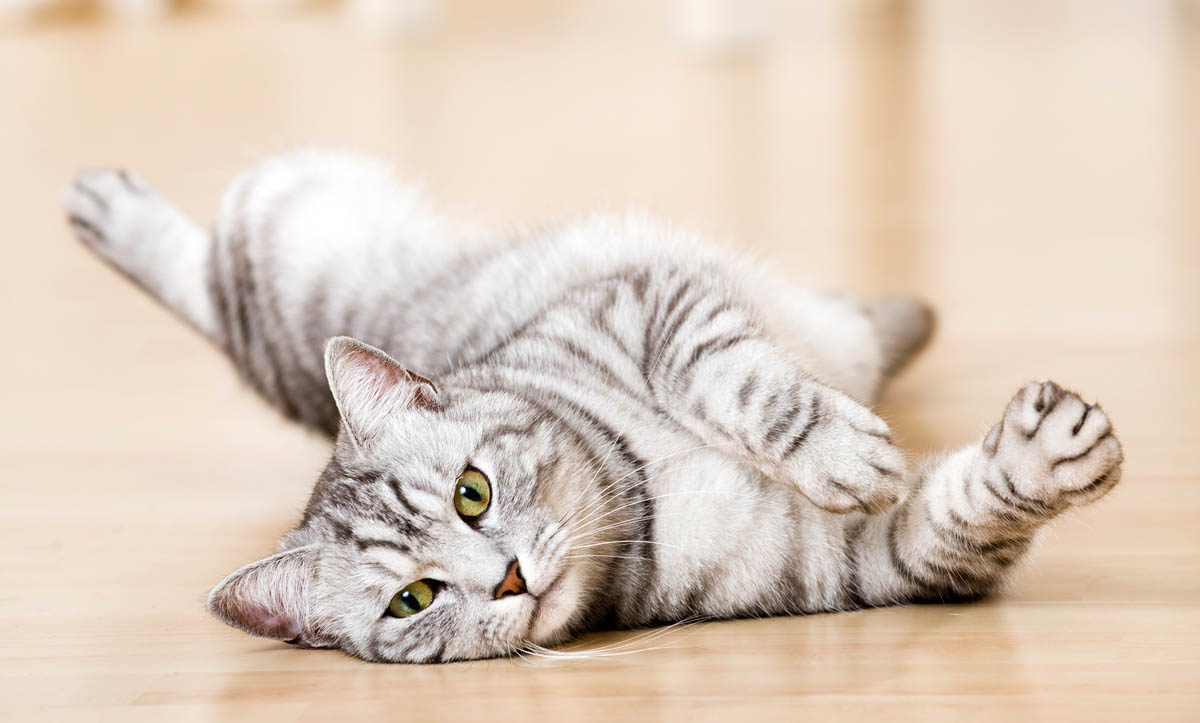
Red tabby: Dark red spots, stripes and whorls on a light red/cream background.
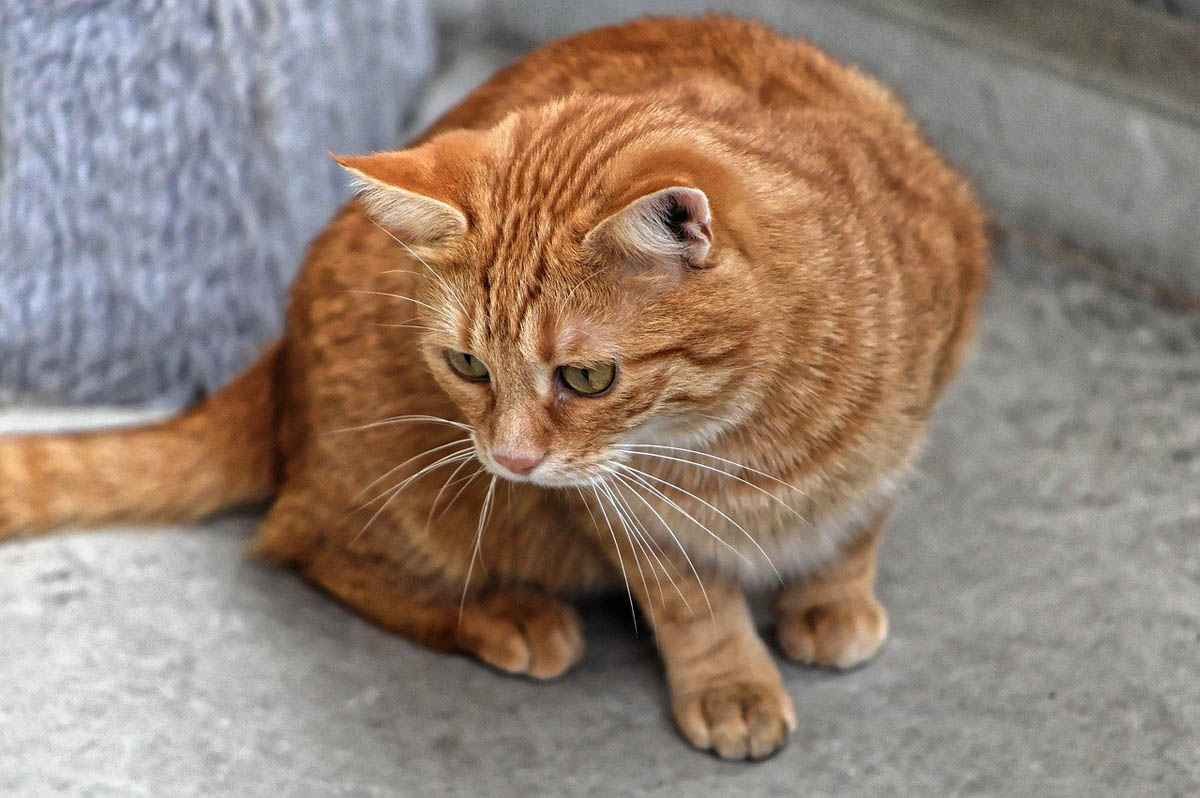
Patched tabby (also known as torbie): Two-toned tabby markings, which usually consist of brown and red.

Other colours include cream tabbies and blue tabbies.
Tabby coat patterns
There are four tabby coat patterns; classic, mackerel, spotted, ticked. In addition, a fifth tabby pattern is always present in tortoiseshell, patched tabby (torbie), caliby and calico coats.
Classic tabby

Also known as blotched tabby or marbled tabby, the classic tabby consists of clearly defined markings, on a lighter background. The darker markings can consist of lines, swirls, and whorls which are unbroken on the top of the cat and swirled along the sides, with a distinctive mark on each side that resembles a bullseye.
Mackerel tabby
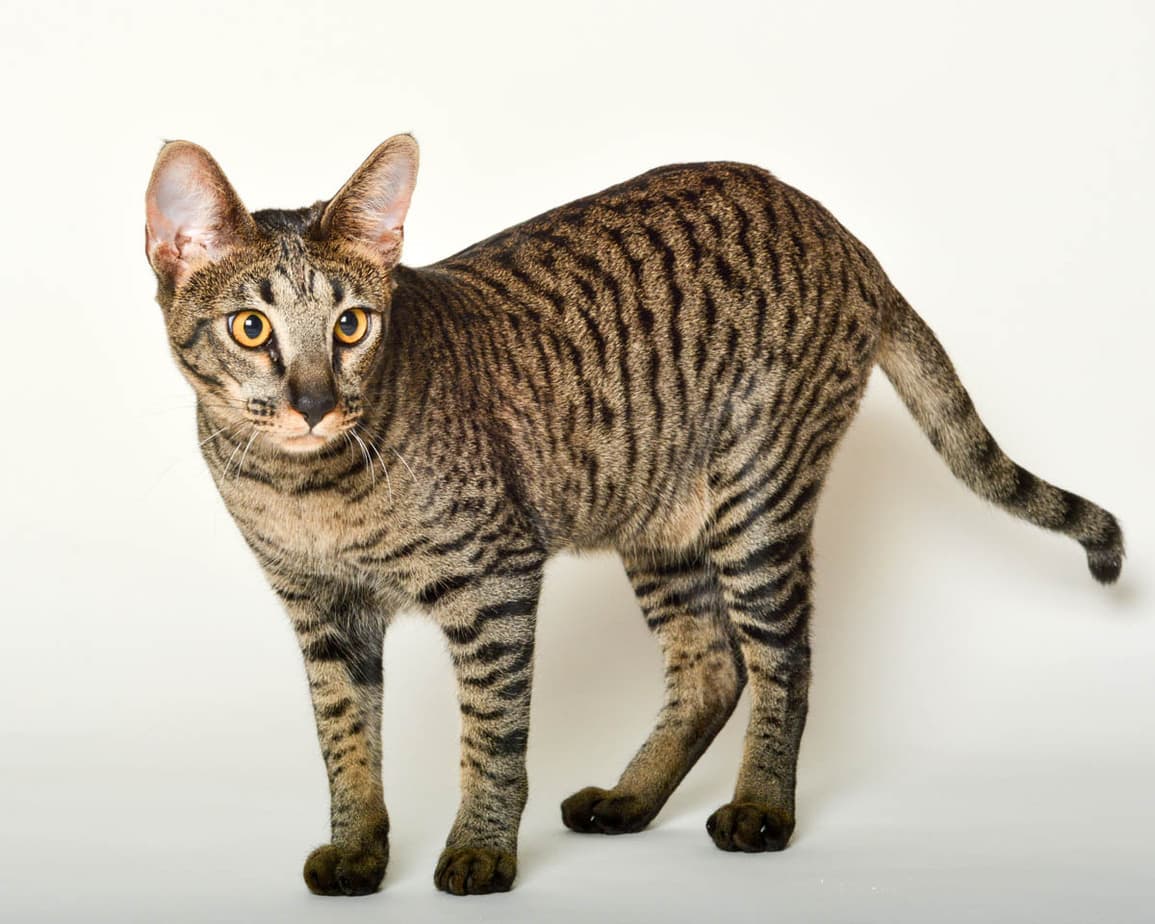
Mackerel is the most common type of tabby marking which consists of clearly defined, vertical stripes going around the cat’s body. Mackerel stripes are narrower than those on the classic tabby. Legs have bracelets, and the tail is barred.
Spotted tabby
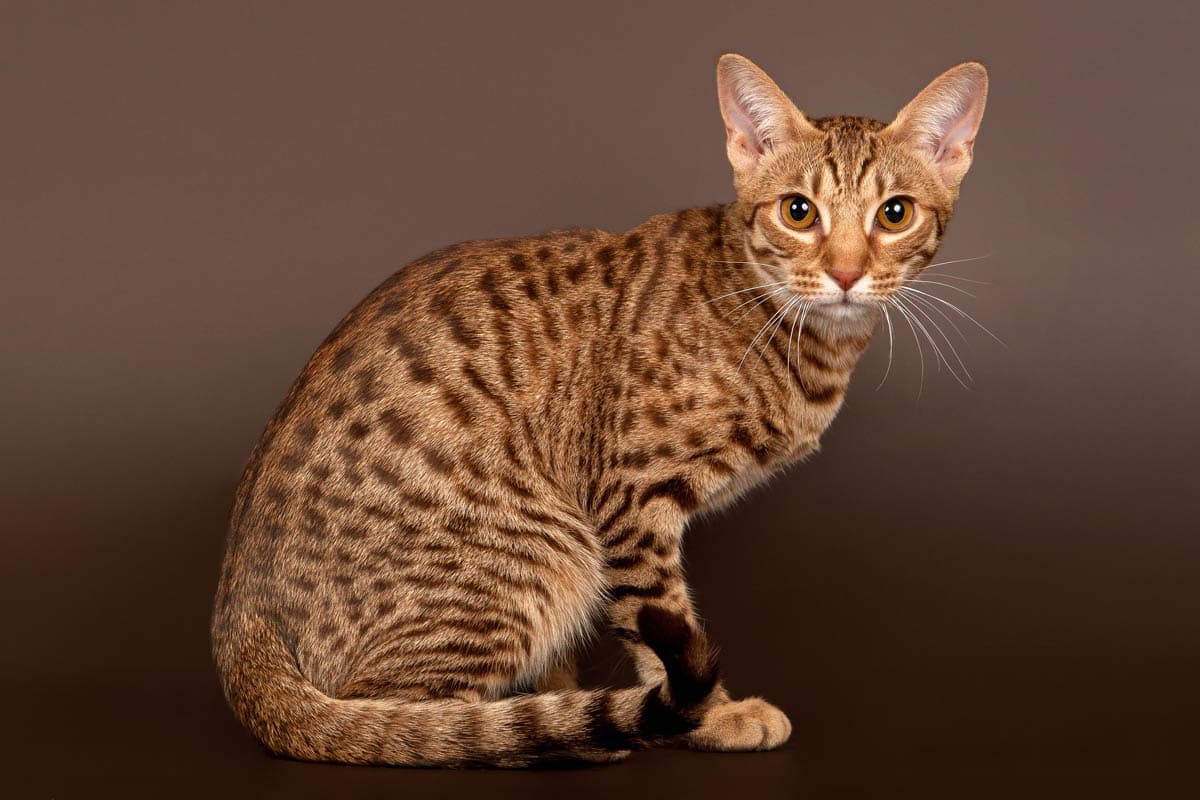
Dark spots on a lighter background.
Ticked tabby
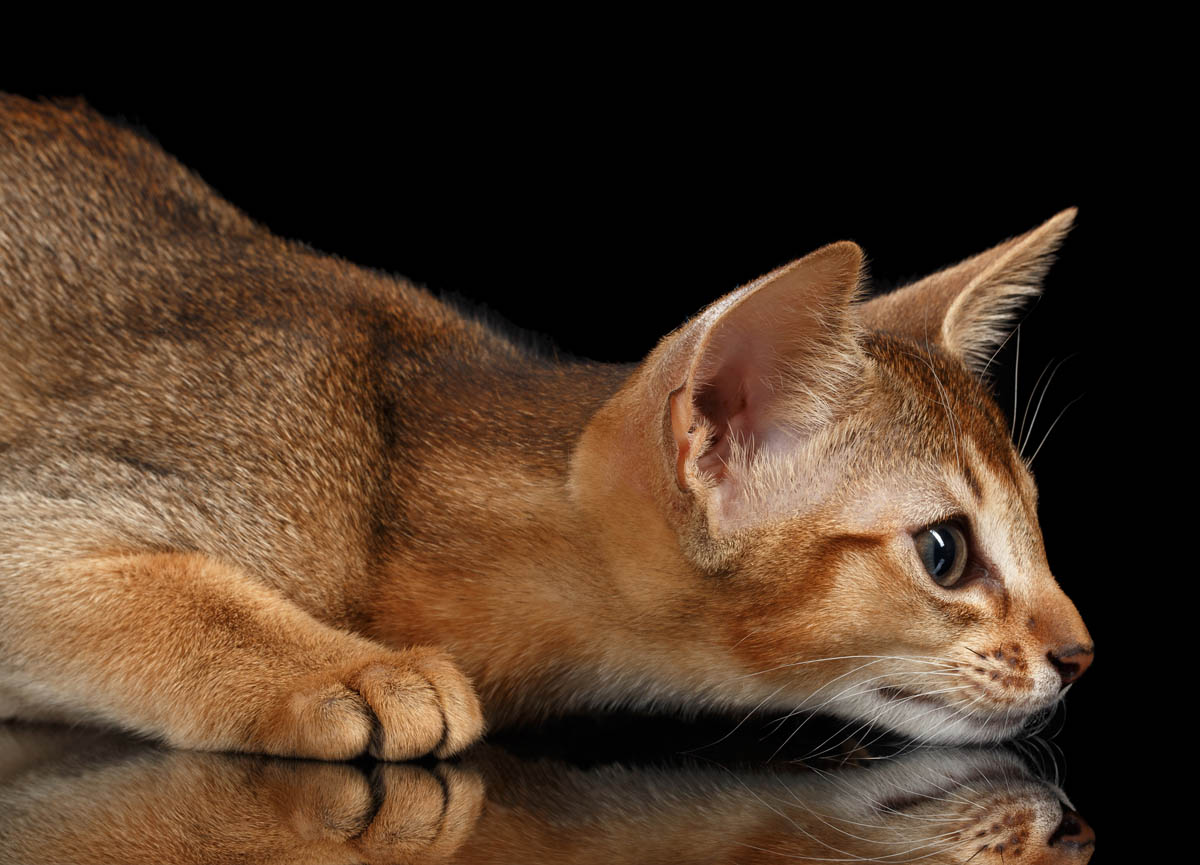
The ticked tabby has contrasting dark and light bands of colour on each hair.
Tortoiseshell, torbie or caliby
Tortoiseshell, torbie and caliby are tabby patterns found almost exclusively in female cats. These patterns consist of patches of red mackerel, classic or spotted tabby intermingled with either solid patches (black, brown or grey) or tabby (brown or grey) and areas of white (calico).
Why do tabby cats have an M on their forehead?
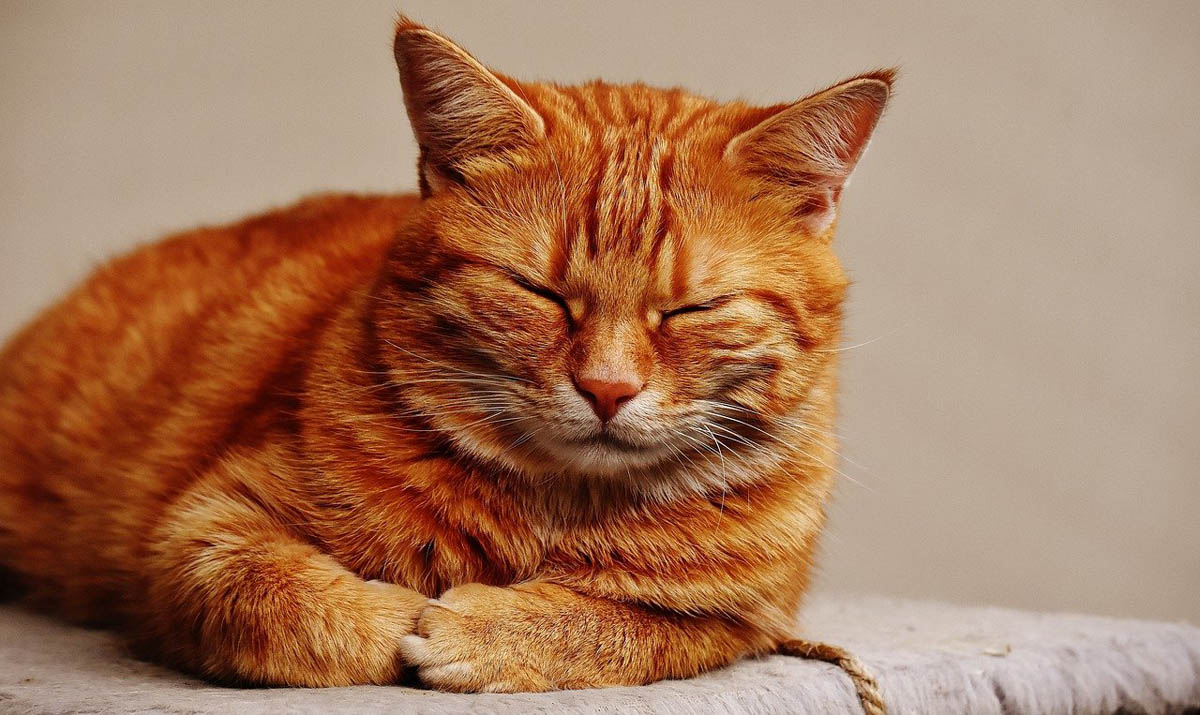
All tabbies, have stripes running down the forehead and cheeks with a characteristic M on the forehead. There are several legends as to how this occurred:
- When Jesus was born, lying in his crib, he started to shiver from the cold. A tabby cat jumped into the manger and warmed the baby Jesus by lying next to him. To thank the cat, Mary left the mark of her name, an M on the cat’s forehead.
- A cat by the name of Muezza was the favourite cat of the Prophet, Muhammad. One day when the call of prayers was heard, Muezza was asleep on the sleeve of the Prophet’s robe. Instead of waking the cat, he cut off the sleeve, leaving Muezza to sleep, stroking her on the head three times.
- A cat was attacking the Prophet, Muhammad, Muezza killed the snake, saving his life. The Prophet blessed the cat by resting his hand on the cat’s forehead, marking it with an M and giving all the ability to always land on their feet.
The Singapura has additional stripes which run from the inner corner of the eyes down to the whisker pads, which are known as cheetah lines.
Famous tabbies
- Orangey – The orange tabby who played ‘Cat’ in Breakfast at Tiffany’s
- Garfield – The cartoon character
- Stubbs – Mayor of Talkeetna, Alaska from July 1997 until his death
- Puss in Boots – The orange tabby from Shrek
- Milo – The orange tabby from the movie Milo and Otis
Tabby cat breeds
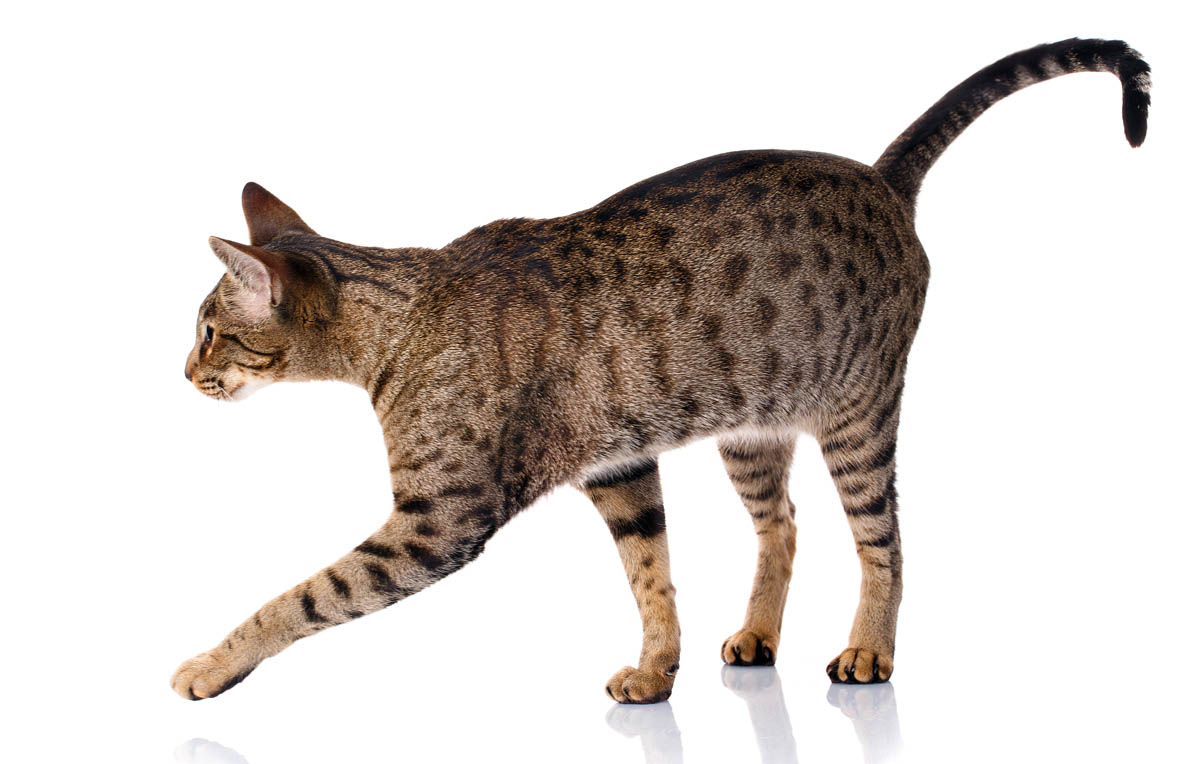
Several cat breeds accept the tabby pattern, the tabby pattern is also common among domestics.
- Abyssinian (ticked)
- American Bobtail
- American Curl
- American Shorthair (classic)
- American Wirehair
- Australian Mist
- Bengal (classic and spotted)
- British Shorthair
- Burmilla (ticked)
- California Spangled
- Cheetoh
- Chinchilla
- Cornish Rex
- Devon Rex
- Egyptian Mau
- Exotic
- LaPerm
- Maine Coon
- Manx
- Munchkin
- Norwegian Forest Cat
- Ocicat
- Oriental
- Persian
- Scottish Fold
- Siberian
- Singapura (ticked)
- Sokoke
- Somali (ticked)
The tabby pattern can also occur in pointed breeds of cat such as the Siamese, Colorpoint Shorthair, Himalayan, Balinese, Birman and Ragdoll (tabby or lynx point).
Tabby cat names

- Abby
- Badger
- Bumblebee
- Candy
- Candy cane
- Cheetah
- Cheshire
- Chevron
- Cinnamon
- Dotty
- Freya
- Ginger
- Goldy
- Harlequin
- Heathcliff
- Honey
- Jasmine
- Leopard
- Leo
- Mackerel
- Marble
- Marbles
- Marmalade
- Motley
- Nutmeg
- Oliver
- Patches
- Pebbles
- Pepper
- Raya
- Red
- Shadow
- Skunk
- Spot
- Sprinkles
- Tabby
- Tabitha
- Tartan
- Tiger
- Tigger
- Zebra
- Zigzag
Frequently asked questions
How can I tell if my cat is a tabby?
All tabbies have the characteristic M on their forehead, also look for dark spots, swirls or stripes on the coat or banded hairs with the ticked (agouti) tabby.
Are tabby cats affectionate?
Tabby is a coat pattern and has no direct impact on the cat’s temperament. If the tabby cat was raised in a loving home during early development, the chances are that he or she will grow up to be an affectionate cat.
Are all tabbies female?
The tabby pattern can occur in both male and female cats; however, the patched tabby is almost always female, this pattern occurs when the cat carries both the orange and non-orange colours which are both expressed randomly.
The caliby cat is a patched (torbie) tabby and white, the white is due to the white spotting gene, and these cats are also almost exclusively female.
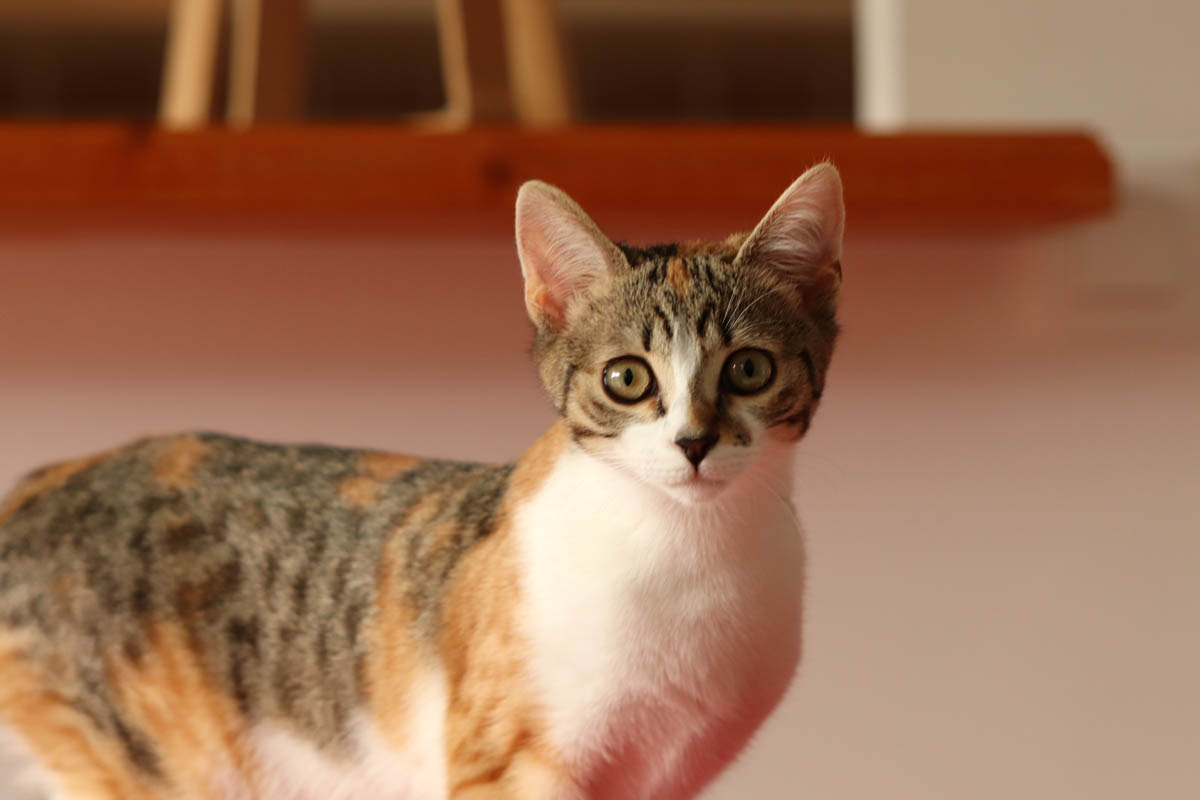
What is the lifespan of a tabby cat?
The lifespan of most cats ranges from 9-15 years.
Can tabby cats be orange?
Yes, in fact, all orange cats are tabbies.
What breed of cat is the orange tabby?
The most common orange tabby is the domestic shorthair or longhair, but several breeds can also be found in orange tabby which includes the Devon Rex, Cornish Rex, Munchkin, Scottish Fold, British Shorthair and Maine Coon.
